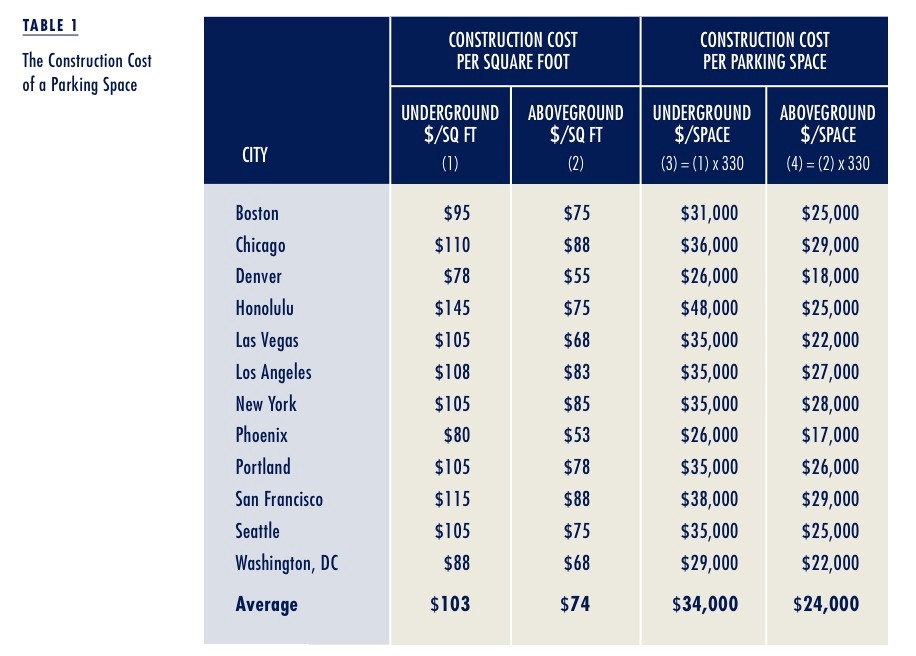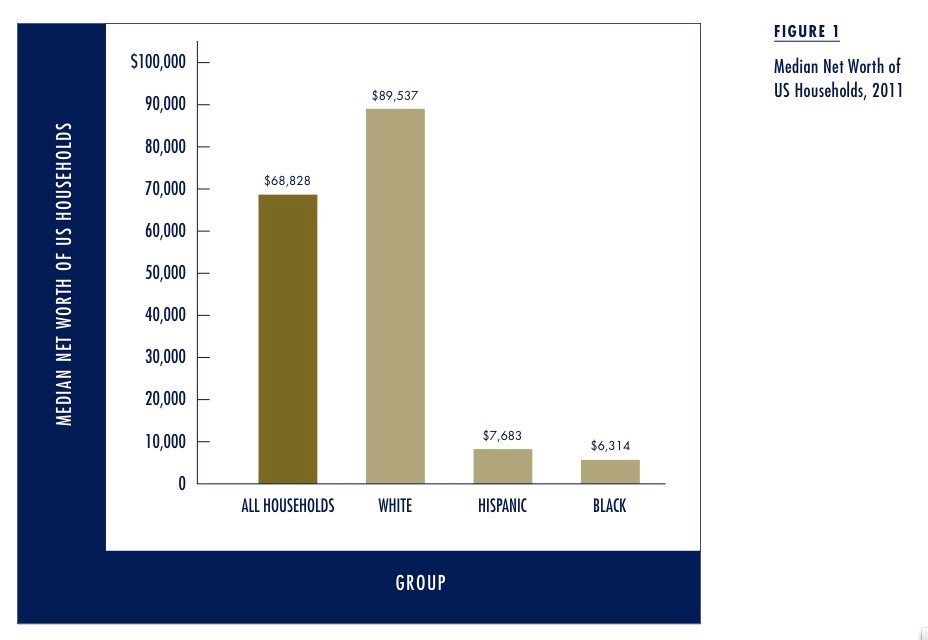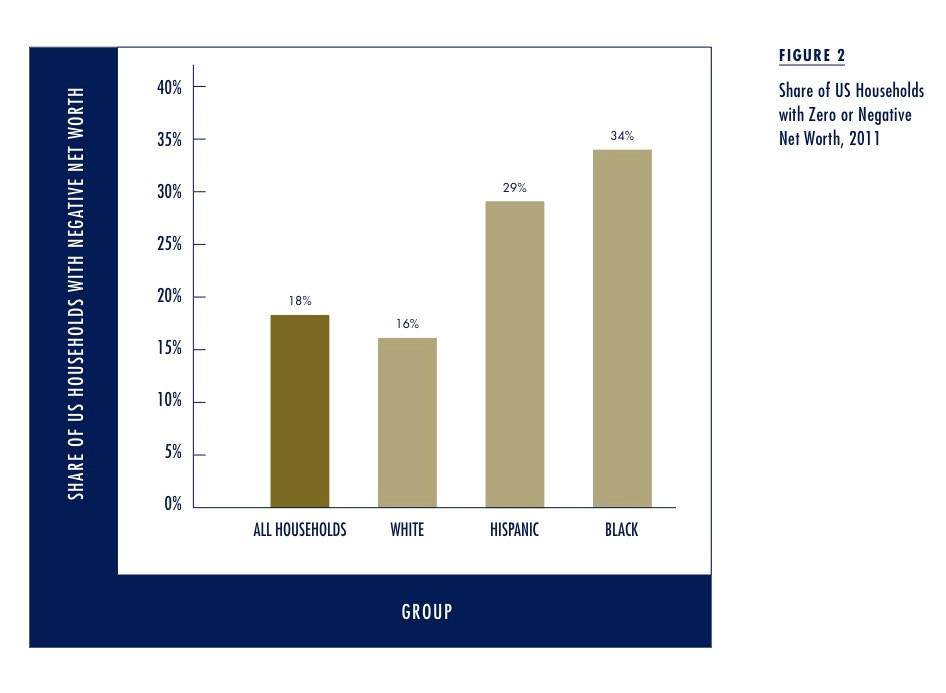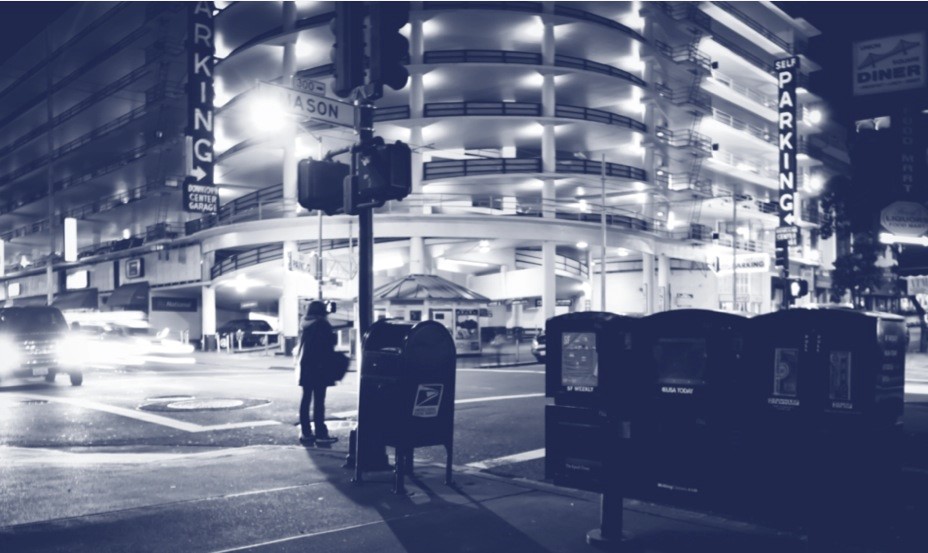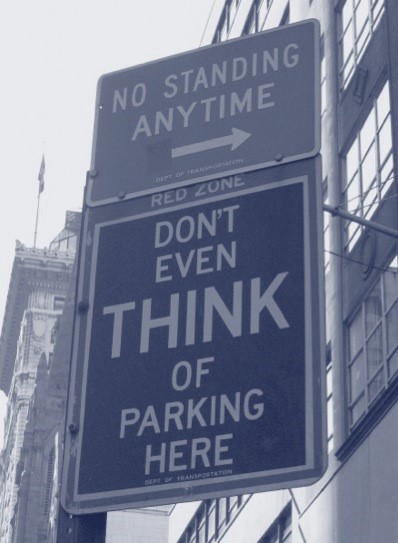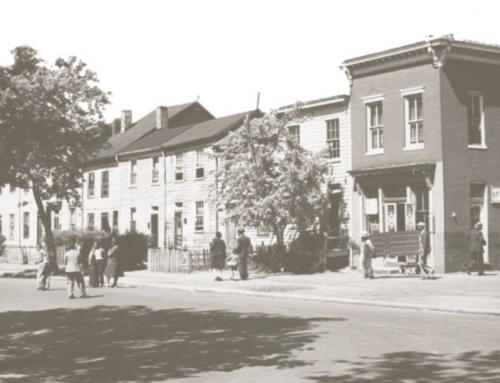A city can be friendly to people or it can be friendly to cars, but it can’t be both.
Enrique Peñalosa
At the dawn of the automobile age, suppose Henry Ford and John D. Rockefeller had hired you to devise policies to increase the demand for cars and gasoline. What planning regulations would make a car the obvious choice for most travel? First, segregate land uses (housing here, jobs there, shopping somewhere else) to increase travel demand. Second, limit density at every site to spread the city, further increasing travel demand. Third, require ample off-street parking everywhere, making cars the default way to travel.
American cities have unwisely embraced each of these car-friendly policies, luring people into cars for 87 percent of their daily trips. Zoning ordinances that segregate land uses, limit density, and require lots of parking create drivable cities but prevent walkable neighborhoods. Urban historians often say that cars have changed cities, but planning policies have also changed cities to favor cars over other forms of transportation.
Minimum parking requirements create especially severe problems. In The High Cost of Free Parking, I argued that parking requirements subsidize cars, increase traffic congestion and carbon emissions, pollute the air and water, encourage sprawl, raise housing costs, degrade urban design, reduce walkability, damage the economy, and exclude poor people. To my knowledge, no city planner has argued that parking requirements do not have these harmful effects. Instead, a flood of recent research has shown they do have these effects. We are poisoning our cities with too much parking.
Minimum parking requirements are almost an established religion in the planning profession. One shouldn’t criticize anyone else’s religion but, when it comes to parking requirements, I’m a protestant and I think the profession needs a reformation.
The High Cost of Minimum Parking Requirements
Planners are placed in a difficult position when asked to set parking requirements in zoning ordinances because they don’t know the demand for parking at every art gallery, bowling alley, dance hall, fitness club, hardware store, movie theater, night club, pet store, tavern, zoo, and hundreds of other land uses. Planners also do not know how much parking spaces cost or how the parking requirements affect everything else in the city. Nevertheless, planners must set the parking requirements for every land use and have adopted a veneer of professional language to justify the practice. Planning for parking is an ad-hoc talent learned on the job and is more a political activity than a professional skill. Despite a lack of both theory and data, planners have managed to set parking requirements for hundreds of land uses in thousands of cities—the ten thousand commandments for off-street parking.
Without knowing how much the required parking spaces cost to build, planners cannot know how much parking requirements increase the cost of housing. Small, spartan apartments cost much less to build than large, luxury apartments, but their parking spaces cost the same. Many cities require the same number of spaces for all apartments regardless of their size; the cost of the required parking thus greatly increases the price of low-income housing.
Parking requirements reduce the cost of owning a car but raise the cost of everything else. Recently, I estimated that the parking spaces required for shopping centers in Los Angeles increase the cost of building a shopping center by 67 percent if the parking is in an aboveground structure and by 93 percent if the parking is underground.
Developers would provide some parking even if cities did not require it, but parking requirements would be superfluous if they did not increase the parking supply. This increased cost is then passed on to all shoppers. For example, parking requirements raise the price of food at a grocery store for everyone, regardless of how they travel. People who are too poor to own a car pay more for their groceries to ensure that richer people can park free when they drive to the store.
A single parking space can cost far more to build than the net worth of many American households.
Minimum parking requirements resemble what engineers call a kludge: an awkward but temporarily effective solution to a problem, with lots of moving parts that are clumsy, inefficient, redundant, hard to understand, and expensive to maintain. Instead of reasoning about parking requirements, planners must rationalize them. Parking requirements result from complex political and economic forces, but city planners enable these requirements and sometimes even oppose efforts to reform them. Ultimately, the public bears the high cost of this pseudoscience.
The Median is the Message
Cities require parking for every building without considering how the required spaces place a heavy burden on poor people. A single parking space, however, can cost far more to build than the net worth of many American households.
In recent research, I estimated that the average construction cost (excluding land cost) for parking structures in 12 American cities in 2012 was $24,000 per space for aboveground parking, and $34,000 per space for underground parking (Table 1).
By comparison, in 2011 the median net worth (the value of assets minus debts) was only $7,700 for Hispanic households and $6,300 for Black households in the United States (Figure 1). One space in a parking structure therefore costs at least three times the net worth of more than half of all Hispanic and Black households in the country. Nevertheless, cities require several parking spaces per household by requiring them at home, work, stores, restaurants, churches, schools, and everywhere else.
Many families have a negative net worth because their debts exceed their assets: 18 percent of all households, 29 percent of Hispanic households, and 34 percent of Black households had zero or negative net worth in 2011 (Figure 2). The only way these indebted people can use the required parking spaces is to buy a car, which they often must finance at a high, subprime interest rate. In a misguided attempt to provide free parking for everyone, cities have created a serious economic injustice by forcing developers to build parking spaces that many people can ill afford.
Urban planners cannot do much to counter the inequality of wealth in the US, but they can help to reform parking requirements that place heavy burdens on minorities and the poor. Simple parking reforms may be city planners’ cheapest, fastest, and easiest way to achieve a more just society.
Putting a Cap on Parking Requirements
Off-street parking requirements increase the cost and reduce the supply of affordable housing. Most cities do not intend to exclude low-income residents when they require off-street parking, but even good intentions can produce bad results. Thoughtless planning for parking can be as harmful as a perverse and deliberate scheme.
Perhaps because of growing doubts about parking requirements, a few cities have begun to reduce or remove them, at least in their downtowns. Planners and elected officials are beginning to recognize that parking requirements increase the cost of housing, prevent infill development on small lots where it is difficult to build all the required parking, and prohibit new uses for older buildings that lack the required parking spaces.
According to recent newspaper articles, some of the reasons cities have reduced or removed their parking requirements include “to promote the creation of downtown apartments” (Greenfield, Massachusetts), “to see more affordable housing” (Miami), “to meet the needs of smaller businesses” (Muskegon, Michigan), “to give business owners more flexibility while creating a vibrant downtown” (Sandpoint, Idaho), and “to prevent ugly, auto-oriented townhouses” (Seattle).
Given this policy momentum, I thought the time to reform parking requirements in California had arrived when the legislature considered Assembly Bill 904 (the Sustainable Minimum Parking Requirements Act of 2012). AB 904 would have set an upper limit on how much parking cities can require in transit-rich districts: no more than one space per dwelling unit or two spaces per 1,000 square feet of commercial space. The bill defined these districts as areas within a quarter mile of transit lines that run every 15 minutes or better. If passed it would have been a huge boon for both housing and transit.
There are good reasons to adopt this policy. Federal and state governments give cities billions of dollars every year to build and operate mass transit systems, yet most cities require ample parking everywhere on the assumption that nearly everyone will drive for almost every trip. Minimum parking requirements counteract all these transit investments.
For example, Los Angeles is building its Subway to the Sea under Wilshire Boulevard, which already boasts the city’s most frequent bus service. Nevertheless, along parts of Wilshire the city requires at least 2.5 parking spaces for each dwelling unit, regardless of the number of rooms. Similarly, 20 public transit lines serve the UCLA campus near Wilshire Boulevard in Westwood, with 119 buses per hour arriving during the morning peak. Nevertheless, across the street from campus, Los Angeles requires 3.5 parking spaces for every apartment that contains more than four rooms. We have expensive housing for people but we want free parking for cars.
Also on Wilshire Boulevard, Beverly Hills requires 22 parking spaces per 1,000 square feet for restaurants, which means the parking lot is seven times larger than the restaurant it serves. Public transit in this over-parked environment resembles a rowboat in the desert.
A city where everyone happily pays for everyone else’s free parking is a fool’s paradise.
Cities seem willing to pay any price and bear any burden to assure the survival of free parking. But do people really want free parking more than affordable housing, clean air, walkable neighborhoods, good urban design, and many other public goals? A city where everyone happily pays for everyone else’s free parking is a fool’s paradise.
Why Cap Parking Requirements?
Minimum parking requirements create an asphalt wasteland that blights the environment. A powerful force field of free parking encourages everyone to drive everywhere. A cap on parking requirements in transit-rich neighborhoods can reduce this parking blight by making parking-light development feasible.
How will reducing off-street parking requirements affect development? Zhan Guo and Shuai Ren at New York University studied the results when London shifted from minimum parking requirements with no maximum, to maximum parking limits with no minimum. Comparing developments completed before and after the reform in 2004, they found that the parking supplied after the reform was only 52 percent of the previous minimum required and only 68 percent of the new maximum allowed. This result implies that the previous minimum was almost double the number of parking spaces that developers would have voluntarily provided. Guo and Ren concluded that removing the parking minimum caused 98 percent of the reduction in parking spaces, while imposing the maximum caused only 2 percent of the resulting reduction. Removing the minimum had a far greater effect than imposing a maximum.
Cities usually require or restrict parking without considering the middle ground of neither a minimum nor a maximum. This behavior recalls a Soviet maxim: “What is not required must be prohibited.” AB 904, however, was something new. It would not have restricted parking but instead would have imposed a cap on minimum parking requirements, a far milder reform. A cap on how much parking cities can require will not limit the parking supply because developers can always provide more parking than the zoning requires if they think market demand justifies the cost.
There are precedents for placing limits on parking requirements. Oregon’s Transportation Systems Plan requires local governments to amend their land-use and subdivision regulations to achieve a 10 percent reduction in the number of parking spaces per capita. The United Kingdom’s transport policy guidelines for local planning specify that “plans should state maximum levels of parking for broad classes of development … There should be no minimum standards for development, other than parking for disabled people.”
Failure and Then Success in the Legislature
To my dismay, the California Chapter of the American Planning Association (APA) lobbied against AB 904, arguing that it “would restrict local agencies’ ability to require parking in excess of statewide ratios for transit intensive areas unless the local agency makes certain findings and adopts an ordinance to opt out of the requirement.”
City planners must, of course, take direction from elected officials, but the APA represents the planning profession, not cities. AB 904 gave the planning profession an opportunity to support a reform that would coordinate parking requirements with public transportation, but instead the California APA insisted that cities should retain full control over parking requirements, despite their poor stewardship.
Like the automobile itself, parking is a good servant but a bad master.
AB 904 failed to pass in 2012 but was resurrected in a weaker form as AB 744 and was successful in 2015. AB 744 addresses the parking requirements for low-income housing within half a mile of a major transit stop. If a development is entirely composed of low-income rental housing units, California now caps the parking requirement at 0.5 spaces per dwelling unit. It also caps the parking requirement for a development that includes at least 20 percent low-income or 10 percent very low-income housing at 0.5 spaces per bedroom. Developers can of course provide more parking if they want to, but cities cannot require more parking unless they conduct a study that demonstrates a need.
Affordable housing advocates initially opposed AB 744 because it would have capped the parking requirements for all housing in transit-rich areas. Another California law (SB 1818) already reduces the parking requirements for developments that include some affordable units. Reducing the parking requirements for all housing would therefore dilute the existing incentive to include affordable units in market-rate developments. Confining AB 744’s parking reduction to affordable housing was therefore necessary to gain political support from the affordable housing advocates, even though a cap on parking requirements for all housing would increase the supply and reduce the price of housing without any subsidy.
Statewide caps on parking requirements may be difficult to impose in the face of the demand for local control in all land use decisions. Nevertheless, the California experience shows that a statewide cap can be feasible if it is linked to affordable housing. This link attracted political support from affordable housing advocates who know that parking requirements are a severe burden on housing development, and that reducing the parking requirements for affordable housing will increase its supply.
Without the support from affordable housing advocates, California’s cap on parking requirements near transit would probably not have been enacted. Until more people recognize that parking requirements cause widespread damage, one way to increase political support for a cap on parking requirements is to use it as an incentive for building affordable housing. This approach, however, may then lead affordable housing advocates to oppose any general reduction in parking requirements even if it will make all housing more affordable.
An Arranged Marriage
Many believe that Americans freely chose their love affair with the car, but it was an arranged marriage. By recommending parking requirements in zoning ordinances, the planning profession was both a matchmaker and a leading member of the wedding party. But no one provided a good prenuptial agreement. Planners should now become marriage counselors or divorce lawyers where the relationship between people and cars no longer works well.
Like the automobile itself, parking is a good servant but a bad master. Parking should be friendly—easy to find, easy to use, and easy to pay for—but cities should not require or subsidize parking. Cities will look and work much better when markets rather than planners and politicians govern decisions about the number of parking spaces. Putting a cap on parking requirements is a good place to start.
Further Readings
California Assembly Bill 744. 2015. “AB-744 Planning and Zoning: Density Bonuses.”
Letters about AB 904 from mayors, planning academics, planning practitioners, and the California Chapter of APA are available here.
Donald Shoup. 2015. “Putting a Cap on Parking Requirements,” Planning, May: 28–30.
Donald Shoup. 2011. The High Cost of Free Parking. Chicago: Planners Press.


